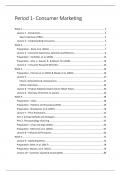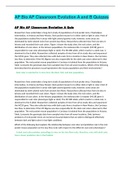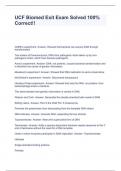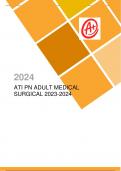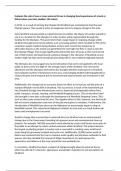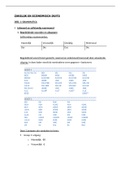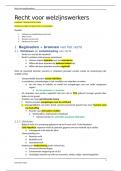Samenvatting
Summary Consumer Marketing - easy to understand (2024/2025)
- Vak
- Instelling
A full summary of all lectures + notes taken during these lectures. The articles and questions that served as preparation for each lecture were also included (to be seen before each lecture). At the end also included practice exam with answer.
[Meer zien]
